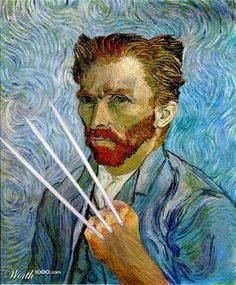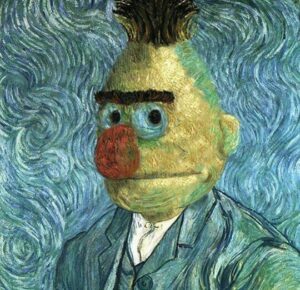Episode 3
According to Krukowski, what are the main differences between a microphone and a cellphone and why is this difference important?
According to Krukowski, the sounds of a human voice alter significantly when passing through devices such as a microphone and telephone. The microphone reflects the noise of the human voice quite brightly, conveys breathing, the tone of the voice, and creates the effect of proximity. For instance, how Frank Sinatra, Roman Mars, or Barry White discovered and improved their microphone techniques. Leaning closer to the microphone it like leaning closer to the listeners. On the other hand, the noise of a human voice penetrating through the microphone of a cellphone partially loses all variety of voice sounds. No matter how close we hold the cellphone, this will not improve the sound quality in general. Since the cellphone’s microphone is not capable of transmitting the whole gamut of sounds, unlike the microphone. Thus, the microphone can reflect voice emotions, and the phone only transmits sound information without tonality.
What do Krukowski and Gary Tomlinson, the professor he interviews, assert about the “musical” qualities of the voice and how are these changed by digital transmission?
Digital processing of the human voice allows us to send our voice over vast distances, but non-verbal voice quality is lost in digital coding. The quality of digital voice transmission leaves much to be desired since from time to time there are interruptions in the signal transmission network itself. Even if digital communication works without interruption, digital voice processing cuts the sound to the minimum that is necessary only for recognizing words, missing the melody of the voice.
What is the significance of Krukowski’s comments on the voice to ideas about community and interpersonal connection?
Krukowski states that digital communications are losing the emotional component of human communication. This is the part of the human voice that is used without language; during communication, we gesticulate, demonstrate various emotions, and non-verbal signals of our body.
Episode 4
Krukowski begins by discussing the issue of music file sharing. What is your opinion of this issue? Should music be freely available or should one have to pay?
Many musicians at different times suffered from illegal bootlegged copying and sales of their work. Thereby, was violated the rights of the label, groups, singers, and songwriters. Currently, people have begun to appreciate the work of musicians and buy songs through popular musical resources. Firstly, people began to understand that illegal copies differ in quality from the original, and secondly, listeners have become understanding the huge work of the singers and the team. I am convinced that music should have a price tag since creating a song and album takes a lot of effort and money. Creating art is also labour, and like any labour should be paid.
How does this episode represent the relationships between music, community, and culture?
Music has the property of conveying to people the thoughts and feelings of the composer. With the help of sounds, the composer describes what is happening around him. Thus, the sounds of music and lyrics affect and reflect on the listeners. Society and culture also affect the sound of music and the content of lyrics.
Does charging money for music impede the formation of communities around this music or does it help support the circulation of music?
Financial support is needed when creating and promoting a piece of music. Given the fact that the market is full of various music and songs, each musician needs his audience. In this case, the power of money comes in. Even if the singer sings for free for the audience, such a musician will be quickly forgotten. The truth is, what goes for free is forgotten very quickly, but we always remember how much and what we paid for. It may sound mercantile, but musical art is a business that requires reasonable investments and subsequent profit from selling songs and musical performances.









